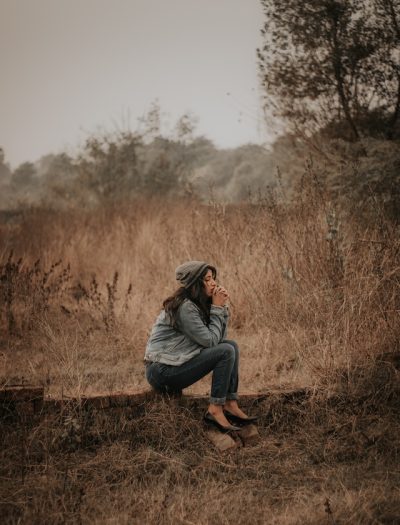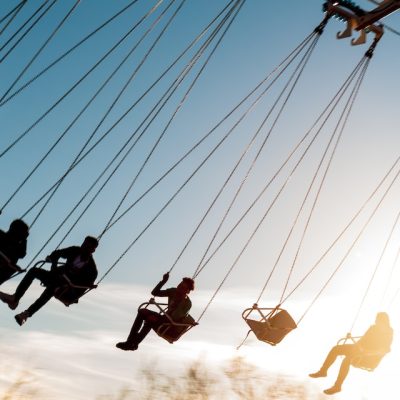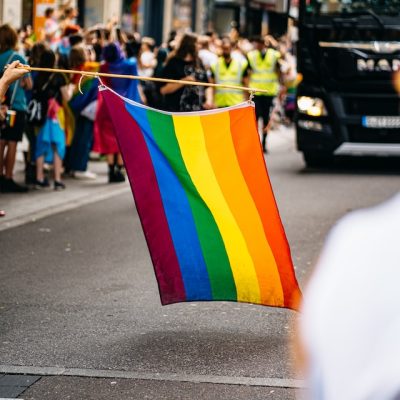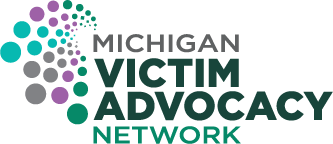Know How to Respond to Teen Dating Violence
Violence can be repetitive, so it’s important to intervene as early as possible. For young people (and the rest of us!) dating violence can often be difficult to talk about in part due to social and cultural norms and a lack of experience. Teen dating violence can take different forms, and different people can be more or less at risk for certain forms based on their identity. As advocates, we have to know what to look for, how to talk about dating violence with the young people in our lives, how to prevent it, and how to lend our support to those experiencing it.
This month, we created a complication of recent resources and trainings centered around teen dating violence and considerations for how advocates can respond if working with survivors. We have also included resources that can be used with young people in your practice. As always, please don’t hesitate to contact us if you’re looking for more!

Exploring The Cultural Contexts Of Consent In AANHPI Communities
April 2023
Asian-Pacific Institute on Gender-Based Violence (API-GBV)
This report explores how consent and boundaries are understood and practiced in AANHPI contexts, highlights how gender expectations and the need to respect certain individuals make it hard to establish boundaries, and presents recommendations for advocates and educators.

Healing from abusive relationships: For teens and young adults
2021
Idaho Coalition Against Sexual and Domestic Violence
Young people from underserved rural communities experience teen dating violence at disproportionate rates. This booklet is for domestic and sexual violence service providers or counselors who are serving young people who have experienced abuse.

A Guide for Community Youth Advocates to Support Latin@ Survivors
December 2023
Esperanza United
Advocates can take action to significantly improve the health and well-being of Latin@ survivors of IPV navigating health systems with the use of this tool on. This tool will serve to equip community youth advocates with culturally-responsive strategies to navigate systems to support youth Latin@ survivors of IPV, increase knowledge of barriers to improving the health of Latin@ survivors of IPV, and mobilize advocates to promote holistic and sustainable support within families and communities.

Preventing and Responding to Teen Dating Violence
January 2019
National Resource Center on Domestic Violence (NRCDV) through VAWnet
This special collection emphasizes collaborative and multi-level approaches to the prevention of and response to teen dating violence (TDV). This collection provides general information about TDV then provides more information about TDV with young people, bystanders, parents and caregivers, men and boys, and service professionals. It concludes with TDV-related legislation and program suggestions.

Stopping It Where It Starts: Disrupting the LGBTQ Polyvictimization Pathway in Childhood
June 2019
FORGE
This webinar discusses how victim service professionals recognize that members of the LGBTQ community often experience polyvictimization, but experiences of bullying are reported both at schools and home. Data demonstrate that victimization typically begins in childhood. The intervention of caring and knowledge adults to make a substantial and long-lasting difference in the life of a bullied LGBTQ child or youth is needed.

Supporting LGBTQ Youth Is Violence Prevention
November 2020
FORGE
Data show LGBTQ Americans are far more likely to be victims of violence than the general U.S. population. This violence is often repetitive. This paper explores these LGBTQ+ pathways to polyvictimization, but also—and more importantly—discusses simple and effective ways victim service providers, school personnel, and members of the general public can intervene and make a huge difference.

Dating abuse in disability communities
Love is Respect
Anyone can be affected by dating abuse, but people with disabilities are more likely to experience abuse than people without disabilities. This article discusses how abuse is about power and control, and people with disabilities can face unique barriers to accessing support.
Looking for more dating violence-related resources?
Looking for more dating violence-related resources?
Check out last year’s compilation of resources: “Talking with Teens about Dating Violence”
